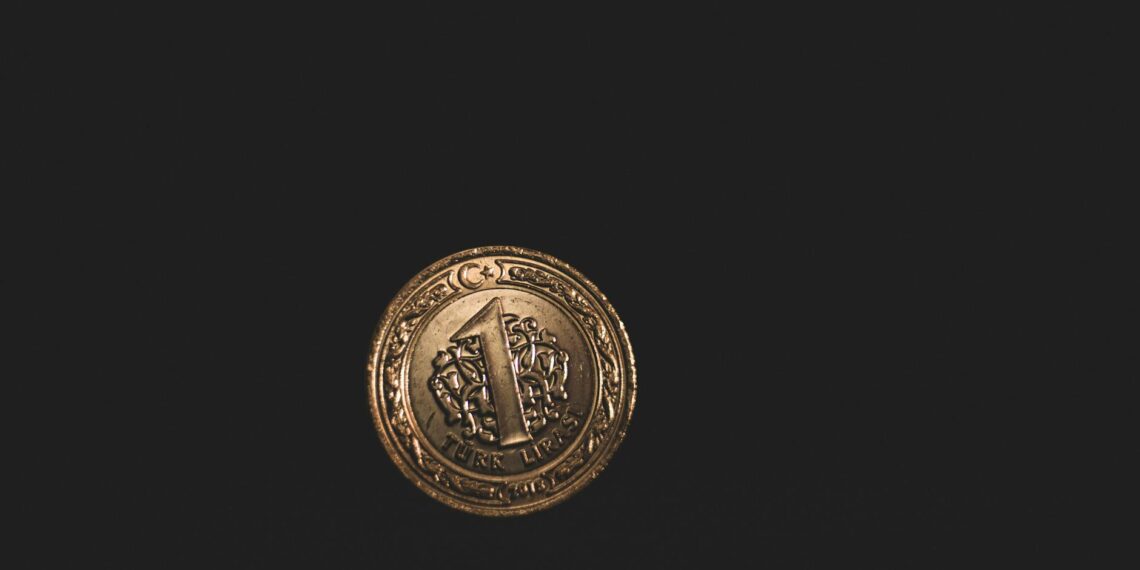1 coin: a brief overview
The term “1 coin” can refer to a single unit of currency in a monetary system. Coins have a rich history spanning millennia, evolving from simple pieces of metal to intricate works of art and symbols of national identity.
- Early Forms: The earliest coins, dating back to around 600 BCE, were made of electrum (a naturally occurring gold and silver alloy) and were used in Lydia (modern-day Turkey). These early coins were often simple in design, sometimes featuring a lion’s head, the emblem of the Lydian kingdom.
- Standardization and Purpose: Coins became a crucial development for trade, offering a more standardized and convenient medium of exchange compared to bartering. Their standardized weight and purity helped facilitate trade between distant lands.
- Beyond Monetary Use: Coins have served various purposes beyond just commerce, including:
– Propaganda and Symbolism: Rulers used coins to depict their portraits, gods, and symbols representing their power and achievements. The Roman Denarius, for example, widely circulated and symbolized Rome’s power.
– Cultural Identity: Coins often feature national symbols, landmarks, or significant figures, promoting a nation’s culture and heritage. The Chinese Yuan, featuring dragons, embodies strength and auspiciousness in Chinese culture.
– Jewelry, Temple Offerings, and More: Coins were also used as jewelry, temple adornments, and grave offerings in various cultures.
- Technological Advancements: Minting techniques evolved over time, from early die-stamped methods to the use of coin presses and advanced technologies for preventing counterfeiting.
- Modern Era: Today, coins continue to be used as currency, circulating alongside banknotes. They are also collected and studied for their historical and cultural significance, with some rare coins commanding high prices at auction. Examples include the American Gold Eagle, a bullion coin for collectors and investors.
Some of the most valuable and iconic coins throughout history include:
- The 1933 Double Eagle, a gold coin known for its beauty and rarity, is considered one of the most valuable coins ever minted.
- The Brutus “Eid Mar” Denarius, a Roman silver coin minted during a period of war, is another highly important ancient coin.
- The 1343 Edward III Florin, a gold coin from medieval England, established the gold florin as a trading standard.
Coins, through their designs and stories, offer a window into the past and serve as enduring symbols of human ingenuity and cultural diversity.









Is the 1 pound coin no longer legal tender?
The round £1 coin lost its legal tender status at midnight on 15 October 2017. However, the round £1 coin can continue to be deposited into a customer’s account at most High Street Banks in the UK. Specific arrangements may vary from bank to bank, including deposit limits.
Are $1 coins still being made?
Thanks for asking. Four new $1 coins with distinctive reverse designs will be released each year from 2019 through 2032 in the order the states ratified the Constitution of the United States or were admitted to the Union.
Is there a rare 1 coin?
2011 Edinburgh £1. Topping the list as the rarest £1 coin in circulation, the 2011 Edinburgh £1 was part of a series celebrating the UK’s capital cities. It remains the only £1 coin with a mintage below one million, making it a sought-after piece among collectors.